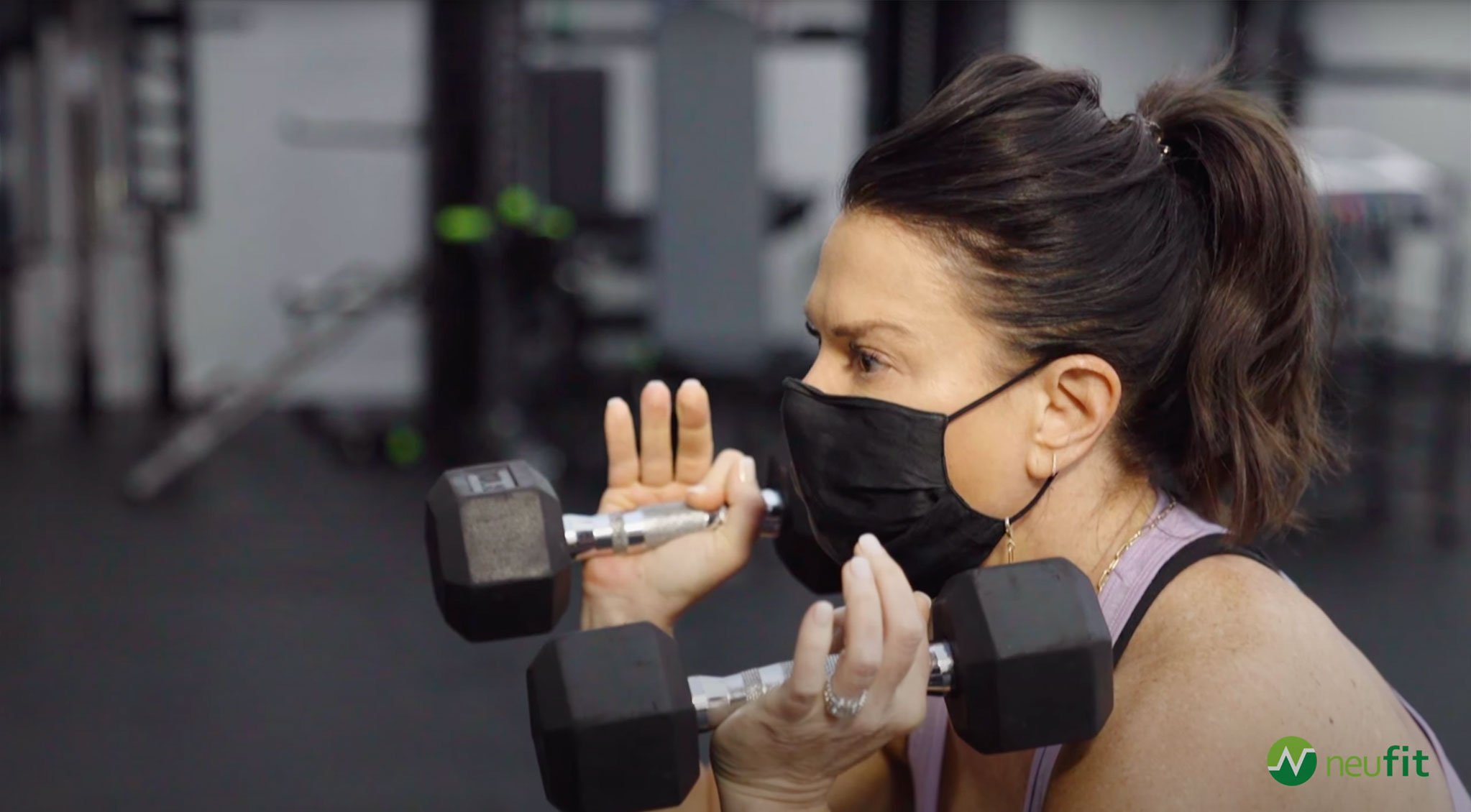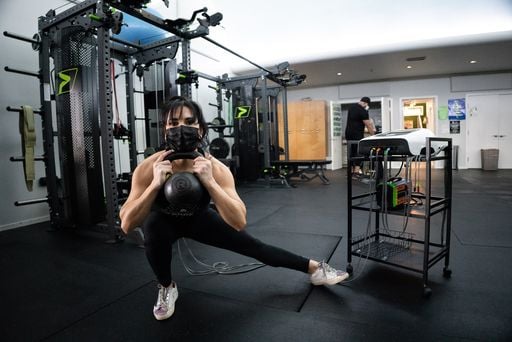As we mentioned in last week’s blog, when it comes to training, the concept of resilience is straightforward. At the same time, our NeuFit® training methods integrate several different dimensions of resilience. These include strength, resistance to injury, resistance to environmental stressors (like temperature changes), and the capacity to deal with psychological stress (i.e., mental resilience). This week, we are going to take a closer look at building resilience with strength.
As a key dimension of resilience, strength is the neurological ability to contract large amounts of muscle at the same time. To put it another way, it’s the sum of individual muscle fibers working together to create force.
The average person can only contract 30 percent of their existing muscle at any moment in time.¹ Why? Again, this goes back to the brain’s survival mechanism. The brain and nervous system want to keep the muscles from contracting too hard to minimize the risk of injury. This neurological reflex is an important safety mechanism, but it often sets the body’s threshold too conservatively, limiting its ability to tap into dormant reserves of strength.
With most of our training clients, we focus on building strength in two ways. First, we work on re-education to increase muscle recruitment, gradually changing the settings on the Neubie® neuro-electrical stimulation device to create more activation in the muscles than a client could create on his/her own. By increasing the load over time, we help draw on more of the client’s existing muscle fibers. In the process, we also teach the brain and nervous system that it is safe to use more of the client’s available strength. (This is also known as enhancing intramuscular coordination.)
Besides boosting capacity for muscle recruitment, we can also accelerate the process of hypertrophy, or the building of new muscle. Why does hypertrophy matter? Not only does it contribute to functional capability, but it also becomes increasingly important as people get older. Since muscle is a metabolic and hormonal engine, maintaining muscle mass is a crucial part of aging gracefully.
With traditional approaches to training, building strength and hypertrophy usually require that people lift heavier and heavier weights. Though weights can be beneficial, they also increase the risk of injury (especially in people who do not have the foundational mobility and movement skill to lift weights perfectly).
In contrast, when we work at the neurological level, we can increase the challenge by combining electrical stimulation with simple but strategic movements—and less external load. Doing targeted exercises like body weight squats and isometric lunges while being hooked up to the Neubie device can help a client reach their strength goals without touching a weight.
STRENGTH, MUSCLE MASS, AND HEALTHY AGING
There are several studies that establish a meaningful connection between greater muscle mass, longer life, and better overall health in older adults.² There’s also evidence that electrical stimulation can induce positive changes in the muscles of elderly people, making them stronger and more supple.³
Whichever training method people choose, the good news is that there’s no age limit in terms of their capacity to build muscle through strength exercises and workouts.4
As the body’s biggest burners of energy, muscles are crucial for metabolism. This is why someone with more muscle mass will have a higher metabolism than someone with less. What’s more, muscles help control blood sugar. With the support of insulin, the muscles pull in glucose from the blood and lower blood sugar levels.
Muscles are also important from a hormonal perspective. Having more muscle means having more anabolic hormones like testosterone and growth hormone, which facilitate protein synthesis and new tissue formation.
Conversely, greater levels of fat and lower levels of muscle are associated with higher levels of stress hormones and inflammation, which can lead to a variety of health issues and diseases, including arthritis, cancer, diabetes, and autoimmune disorders.
When it comes to muscles and hormones, it’s ultimately a two-way street: better hormones lead to more muscle mass and having more muscle mass supports the production of better hormones.
In next week’s blog, we’ll look at resiliency in the context of resistance to injury.
Let’s charge forward to better outcomes together!

